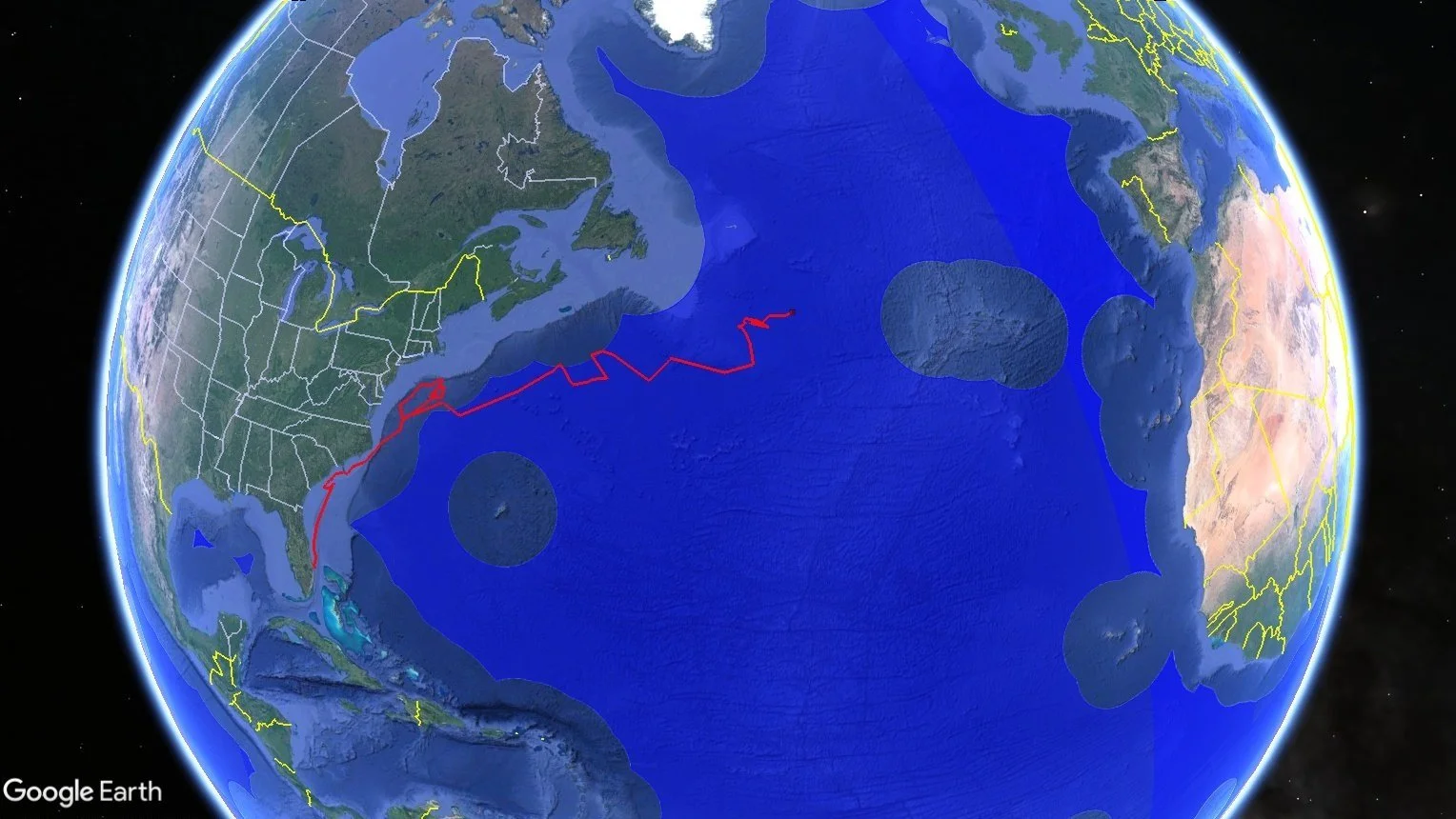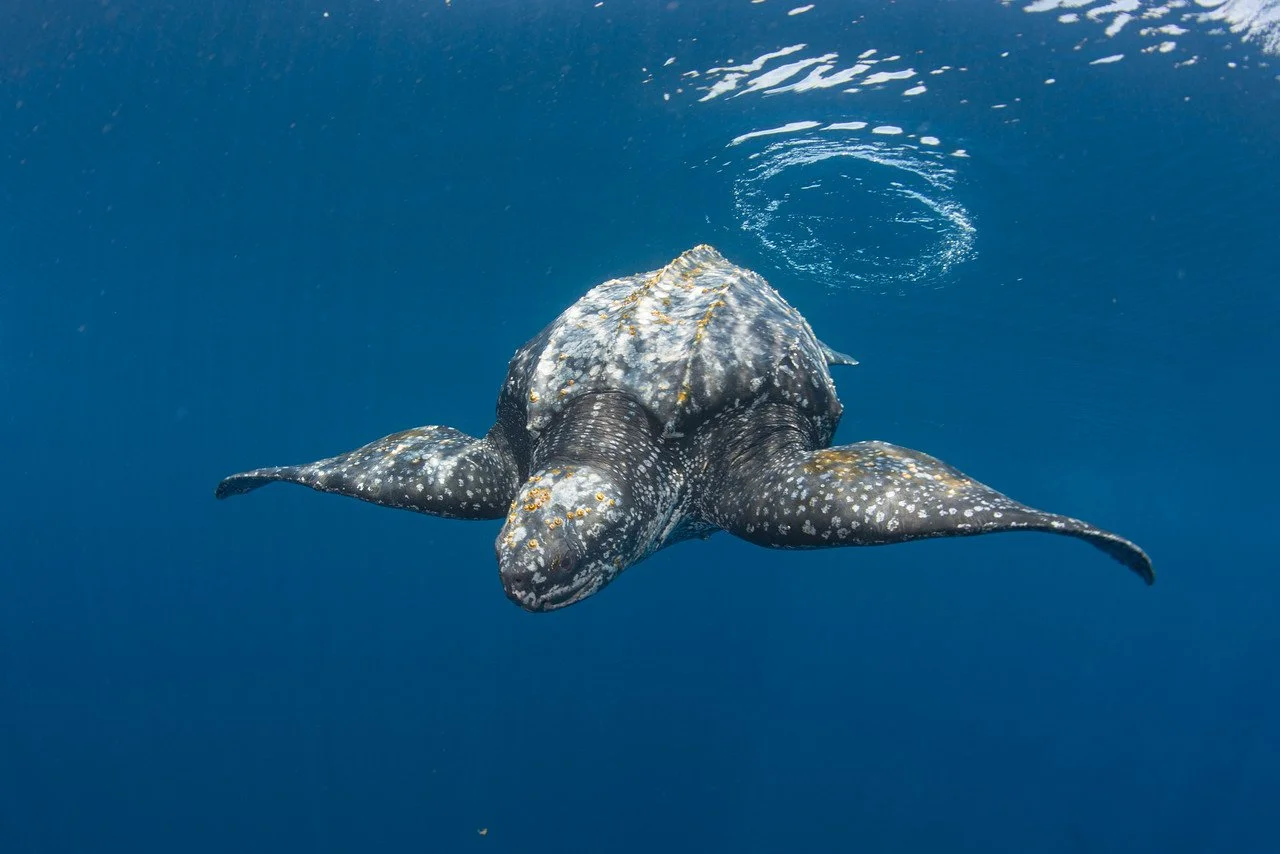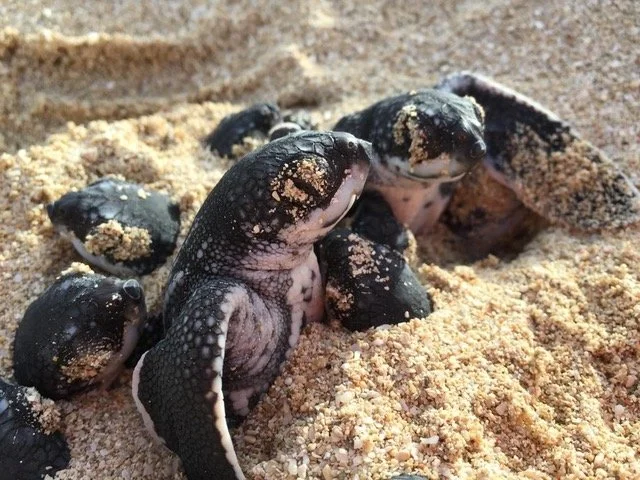Most sea turtle species migrate and spend large amounts of their life history in areas of the ocean considered “high seas.” The high seas are the parts of the ocean that are not under the jurisdiction of any nation. In June of 2023, after almost two decades of negotiations, UN Member states adopted the Biodiversity in Areas Beyond National Jurisdiction treaty (also known as the High Seas Treaty) to provide a coherent and holistic framework for protecting the high seas. Earlier this month, Upwell Executive Director Dr. George Shillinger attended the High Seas Treaty symposium to learn more about how its implementation may impact sea turtle populations and to seek opportunities to further the protection of turtles at sea.
Press Release: Novel Research Takes Marine Conservation Tools to a New Dimension
Using Machine Learning to Understand Turtles’ Lives at Sea
What does a researcher studying animal behavior do when the animal they are studying takes off into the middle of the Pacific ocean? In this post, Upwell Researcher Dr. Nicole Barbour breaks down how machine learning can be used to help researchers interpret data from tagged leatherbacks to understand their behavior at sea. Featured image by Juergen Freund.
Leatherback hatchlings in a changing world
Saving East Pacific Leatherback Turtles from the Brink of Extinction
Concerned scientists, conservationists, and managers gathered in 2012 to discuss ways to stop the extinction of East Pacific leatherbacks; they formed a regional network called LaudOPO in 2015. This network has developed an Action Plan to address the two main threats to East Pacific leatherbacks: fisheries bycatch and egg loss or reduced hatchling recruitment at nesting beaches. Upwell is investigating active recovery techniques such as egg translocation and headstarting as options to complement LaudOPO’s conservation action plan.











